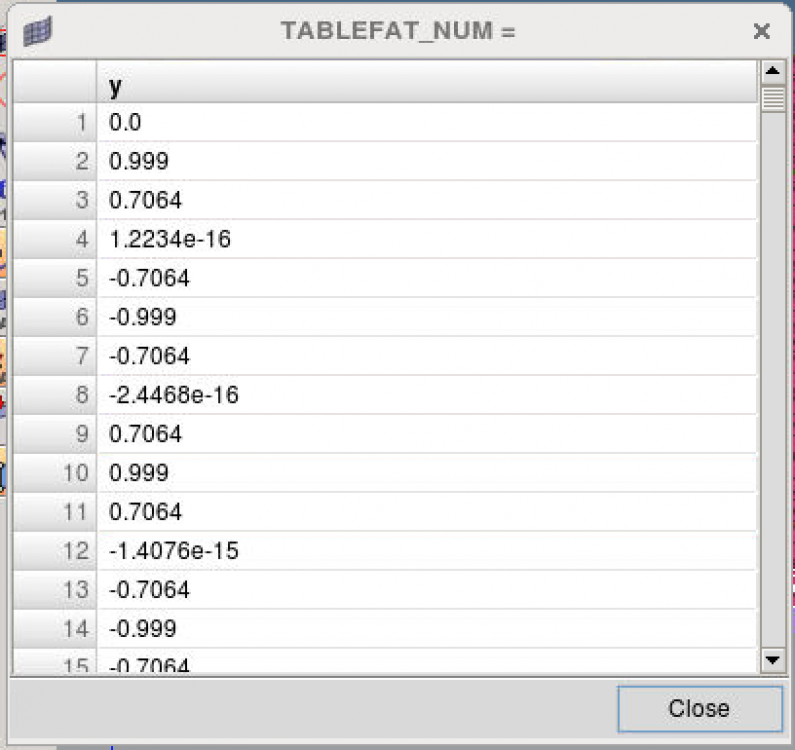Hi,
I started to learn the fatigue simulation in Hyperworks. I got two questions.
1. I imported the cyclic loading file (in .csv format), and create new TABFAT load collector. However, I found there was only one column. In my original file, I have two column. The left column is time, and the right column is loading. But only the right column is kept. Why? Is it possible to import two columns together and define my own loading cycles?
2. In the Optistruct solver, I got errors:
*** INTERNAL PROGRAMMING ERROR ***
in file 'fatdmgapp.F', at location # 1808.
ioerr(1) = 4
**** ABORTING RUN DUE TO AN INTERNAL ERROR
I don't understand what the 'fatdmagapp' means.
Here is the loading I applied. For each cycle, I have 9 values. Totally I have 2000 cycles. I couldn't see where is wrong.
Can any one help me with this problem?
PS: whenever I switched back to use Load1.csv from the tutorial file, everything works. So I am sure the other procedure is correct.
<?xml version="1.0" encoding="UTF-8"?>